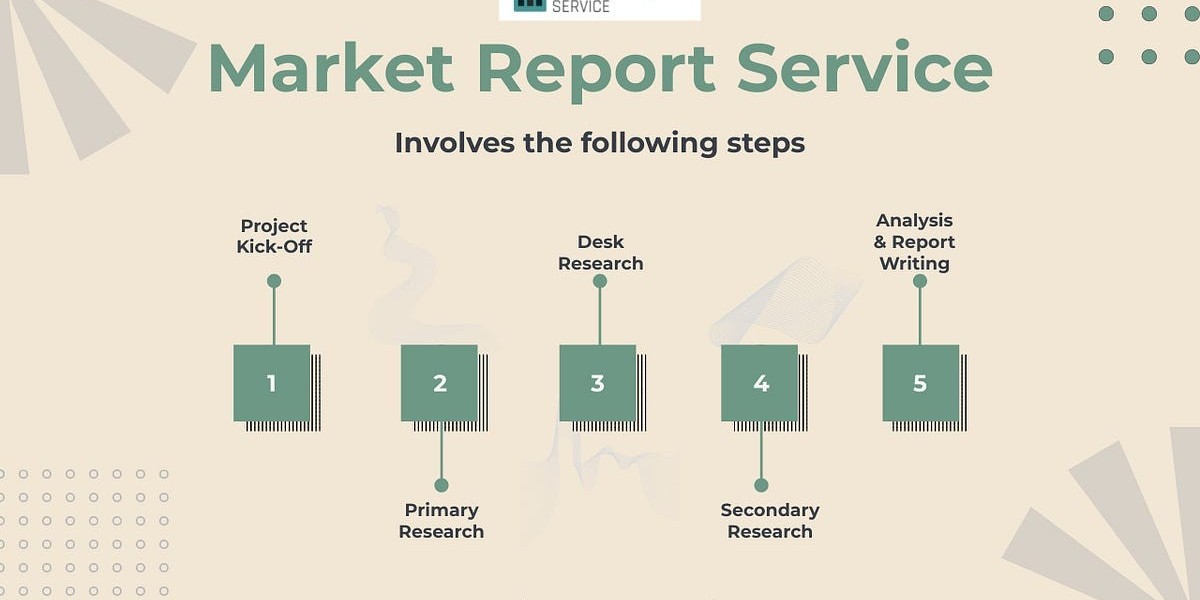In the fast-paced and dynamic world of finance, effective asset management is the linchpin that can determine the success or failure of businesses and individuals alike. Professional asset management has emerged as a critical strategy for optimizing financial portfolios, minimizing risks, and maximizing returns. In this comprehensive guide, we will delve into the intricacies of professional asset management, exploring its key components, benefits, and the role it plays in achieving long-term financial objectives.
Understanding Professional Asset Management
Professional asset management refers to the strategic management of an individual's or organization's financial assets by experienced and qualified professionals. This encompasses a broad spectrum of assets, including stocks, bonds, real estate, cash, and other investment vehicles. The primary goal of professional asset management is to create a well-diversified and balanced portfolio that aligns with the client's financial goals, risk tolerance, and time horizon.
Key Components of Professional Asset Management
Financial Planning: The foundation of professional asset management lies in comprehensive financial planning. This involves assessing the client's financial situation, understanding their goals, and formulating a personalized strategy. Financial planners work closely with clients to create a roadmap that considers factors such as income, expenses, liabilities, and liquidity needs.
Risk Management: A crucial aspect of professional asset management is the identification and mitigation of risks. Professionals evaluate various risk factors, including market volatility, economic trends, and geopolitical events, to develop strategies that align with the client's risk tolerance. Diversification, asset allocation, and risk-adjusted returns are key considerations in this process.
Asset Allocation: Professional asset managers employ sophisticated techniques to determine the optimal mix of assets in a portfolio. This involves distributing investments across different asset classes, such as equities, fixed income, and alternative investments, to achieve a balance between risk and return. Periodic reviews and adjustments are made based on market conditions and the client's changing financial objectives.
Investment Selection: The art of selecting individual investments is a skill honed by professional asset managers. Through in-depth research, analysis, and due diligence, these experts identify opportunities that align with the client's goals and risk profile. This may involve selecting specific stocks, bonds, mutual funds, or other investment instruments.
Benefits of Professional Asset Management
Expertise and Experience: Professional asset managers bring a wealth of expertise and experience to the table. Their in-depth knowledge of financial markets, economic trends, and investment strategies allows them to navigate complex scenarios and make informed decisions on behalf of their clients.
Diversification and Risk Mitigation: Diversification is a cornerstone of professional asset management. By spreading investments across different asset classes and geographic regions, the impact of a poor-performing investment is mitigated. This not only helps protect the portfolio during market downturns but also enhances the potential for long-term growth.
Continuous Monitoring and Adjustments: Financial markets are dynamic and subject to constant change. Professional asset managers conduct ongoing monitoring of portfolios, making timely adjustments to capitalize on emerging opportunities or protect against potential risks. This proactive approach ensures that the portfolio remains aligned with the client's financial goals.
Customization and Flexibility: Professional asset management is not a one-size-fits-all approach. Asset managers tailor their strategies to the unique needs and objectives of each client. This level of customization allows for flexibility in adapting to changing circumstances and ensures that the portfolio reflects the client's evolving financial situation.
Conclusion
In the ever-evolving landscape of financial markets, professional asset management stands as a beacon of stability and strategic planning. By entrusting one's financial assets to skilled professionals, individuals and organizations can navigate the complexities of the market with confidence. The benefits of expertise, risk mitigation, and personalized strategies make professional asset management a cornerstone for those seeking to build and protect their wealth over the long term. As we continue to face economic uncertainties and market fluctuations, the value of professional asset management becomes increasingly evident, offering a path to financial success and security.






